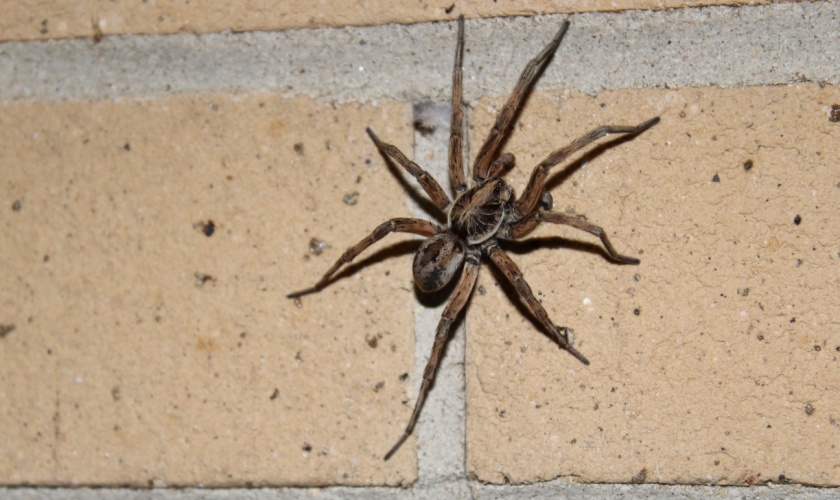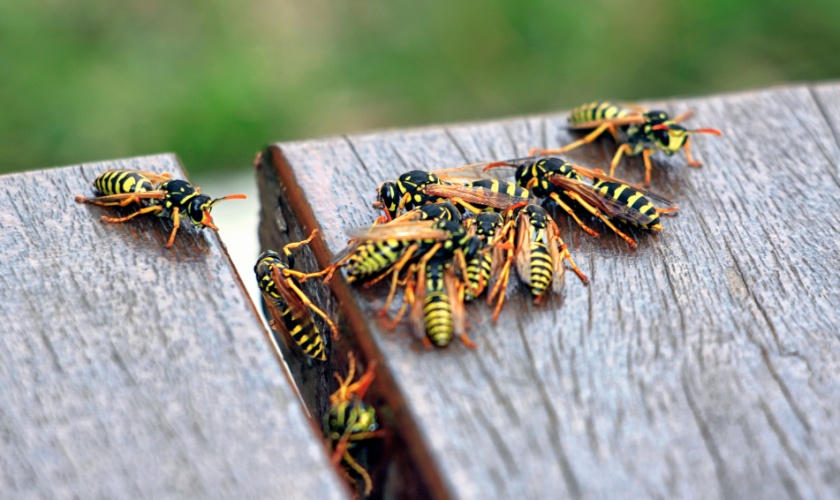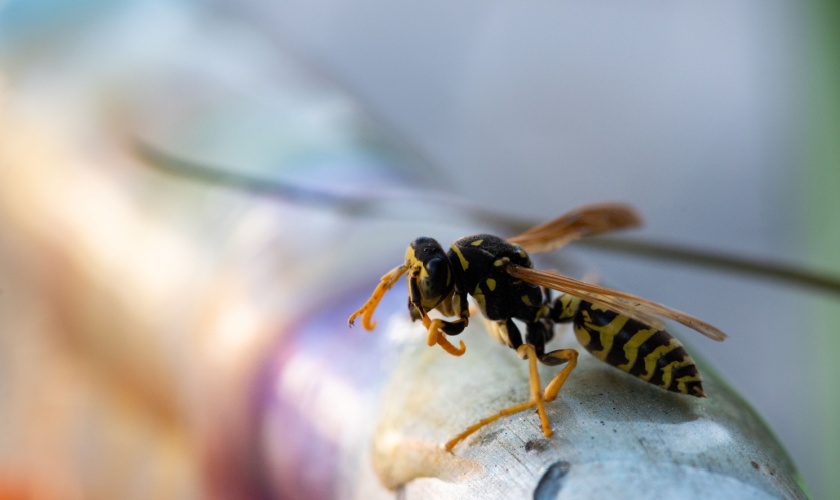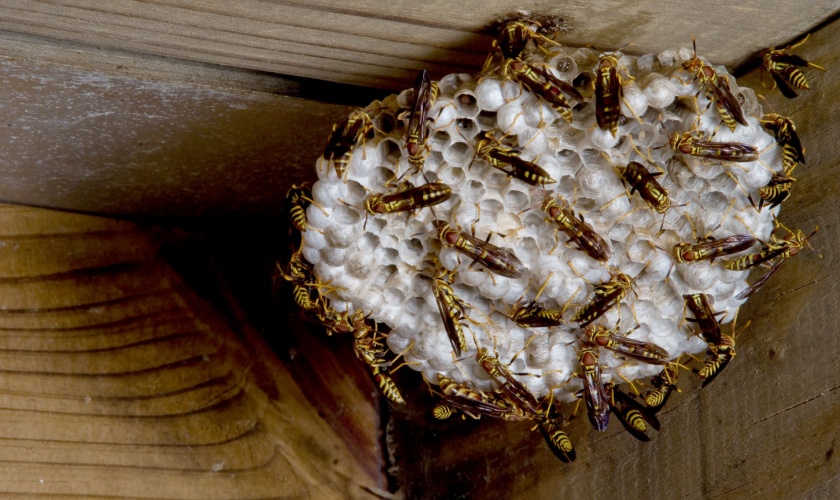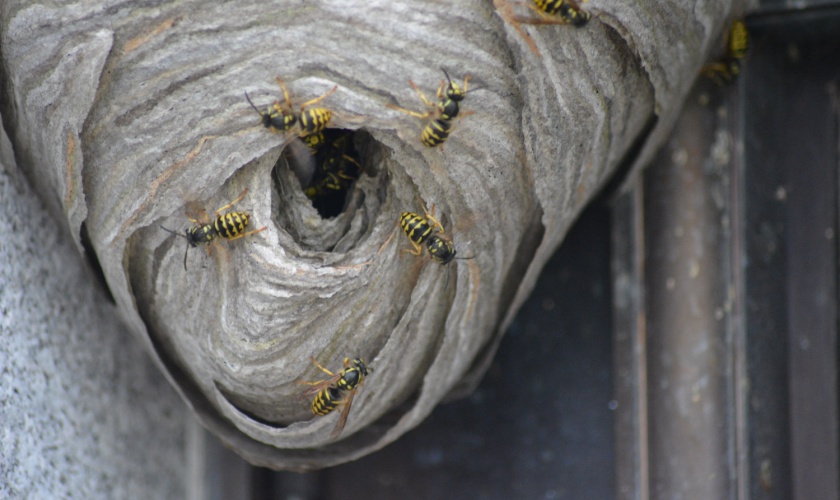As San Jose residents know, our Mediterranean climate creates perfect conditions for diverse wildlife, including a variety of spider species. While most spiders are beneficial predators that help control insect populations, it’s important to recognize which eight-legged neighbors you might encounter in your home or garden.
Black Widow Spiders
The black widow is perhaps the most recognizable spider in our region, with its glossy black body and distinctive red hourglass marking on the underside of its abdomen. These spiders prefer dark, undisturbed areas like woodpiles, storage boxes, and garden corners. While their venom is potentially dangerous, black widows are generally not aggressive unless disturbed.
Western Black Widow
San Jose is home to the Western black widow (Latrodectus hesperus), which is slightly different from its Eastern counterpart. They’re commonly found in outdoor structures, garden tools, and outdoor furniture—particularly in sheltered areas.
Brown Widow Spiders
A relative newcomer to San Jose, the brown widow has been expanding its territory in California. Similar to black widows but with an orange-to-yellow hourglass marking and a mottled brown color, these spiders produce less potent venom but are more commonly encountered in residential areas.
Common House Spiders
These small, brownish spiders (Parasteatoda tepidariorum) build cobwebs in corners, under furniture, and around windows. Despite their somewhat unsightly webs, house spiders are completely harmless and excellent at catching mosquitoes, flies, and other household pests.
Jumping Spiders
These charismatic little hunters don’t build webs but instead stalk and pounce on their prey. With their large, forward-facing eyes and curious behavior, jumping spiders (family Salticidae) are among the most endearing arachnids in San Jose gardens. They’re completely harmless to humans.
Wolf Spiders
These ground-dwelling hunters are fast, furry, and often mistaken for small tarantulas. Wolf spiders (family Lycosidae) are common in San Jose gardens, especially in naturalistic landscapes with mulch or ground cover. Though intimidating in appearance, they’re beneficial predators that help control garden pests.
Orb Weavers
The builders of those classic spiral webs, orb weavers create their architectural marvels in gardens throughout San Jose. Species like the Western spotted orb weaver (Neoscona oaxacensis) are especially common in late summer and fall, when their large webs span garden paths and between plants.
Yellow Sac Spiders
These pale yellow or beige spiders (Cheiracanthium species) are common indoor residents in San Jose homes. They don’t build webs but create silk retreats in corners, behind furniture, or along ceiling edges. While their bites can cause minor discomfort, they’re generally not dangerous.
Remember that most spiders provide valuable ecological services by controlling pest populations. When possible, relocate unwanted spiders outdoors rather than killing them. However, if you have concerns about venomous species or large infestations, consulting with a professional pest management company is always the safest approach.
For more information about pest control services in San Jose, contact Citra Pest Control today.
